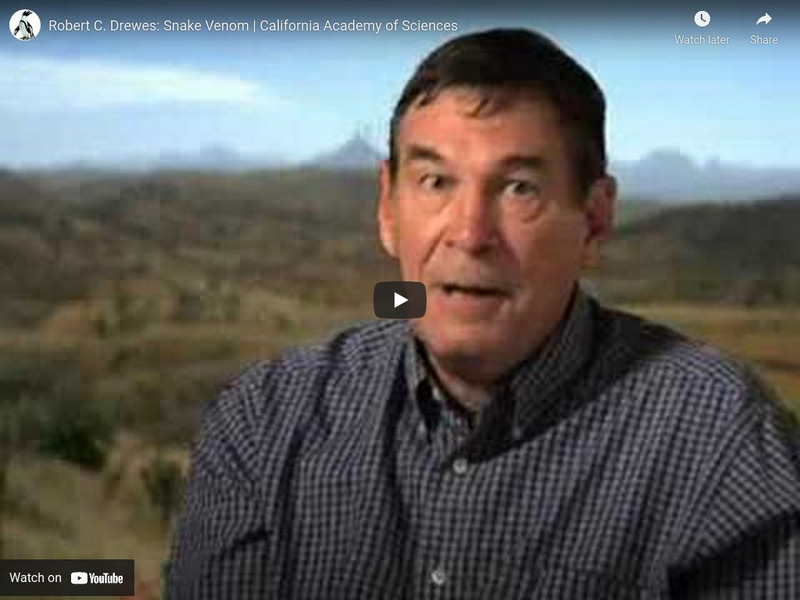Australian Children's Television Foundation
Bushwhacked! - Series 1 - Episode 2 (Funnel Web Spider)
Brandon challenges Kayne to track down one of the deadliest and rarest spiders on earth: the northern tree-dwelling Funnel Web Spider!
Brave Wilderness
YIKES! GIANT STABBING ROACH!
On this episode of Breaking Trail, Coyote embarks on a night adventure in Costa Rica’s dense Western Rainforest. Along the way he finds many bizarre creepy crawlies including a HUGE Cockroach that has extremely sharp barbed legs! In...
Curated Video
Spider Symbolism in Ancient and Modern Societies
This video explores the fear and cultural symbolism surrounding spiders, debunking common misconceptions about their venom and highlighting their important role in controlling insect populations. It also discusses the potential medical...
Curated Video
The 4-year-old son of "Crocodile Hunter" Steve Irwin wasn't at all alarmed when he was recently bitten by a baby boa constrictor, according to his mother
HEADLINE: 'Crocodile Hunter's' son 'proud' of snakebite
CAPTION: The 4-year-old son of "Crocodile Hunter" Steve Irwin wasn't at all alarmed when he was recently bitten by a baby boa constrictor, according to his mother. (Feb...
Curated Video
More than 700 people turned out for the first-ever Florida Python Challenge to help rid the Everglades of the Burmese Python. The snake, an invasive non-native species, is decimating wildlife like rabbits and deer.
HEADLINE: Hundreds Hunt for Invasive Pythons in Everglades
CAPTION: More than 700 people turned out for the first-ever Florida Python Challenge to help rid the Everglades of the Burmese Python. The snake, an invasive non-native species,...
BBC
Bbc: Earth Unplugged: Top 10 Vicious Animal Venoms
Maddie Moate reveals her top-ten most venomous animals. There are some highly dangerous creatures out there, but these are truly frightening. [3:28]
California Academy of Sciences
Ca Academy of Sciences: Science Heroes: Bob Drewes, Purpose of Snake Venom
Dr. Robert Drewes explains how snakes use their venom as a food-obtaining mechanism rather than a protection tool. [1:31]


